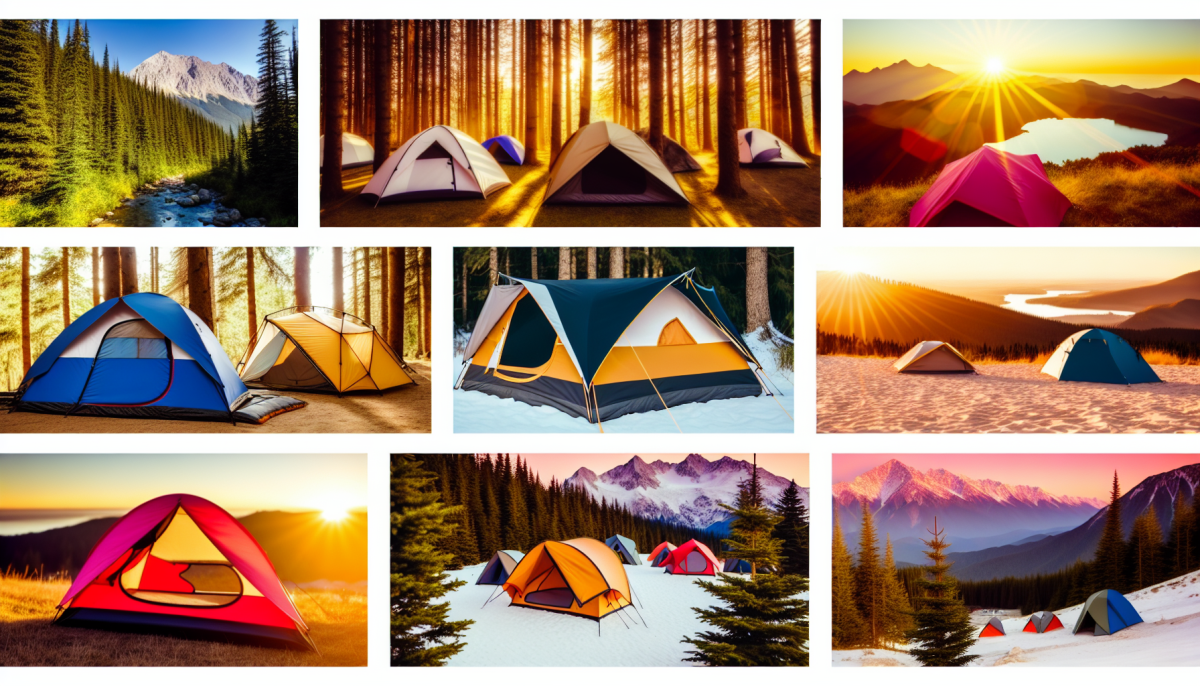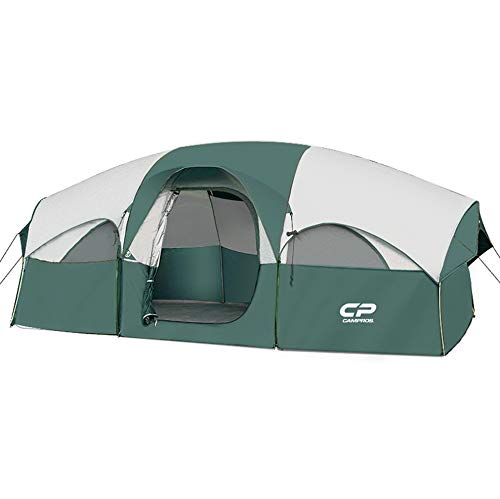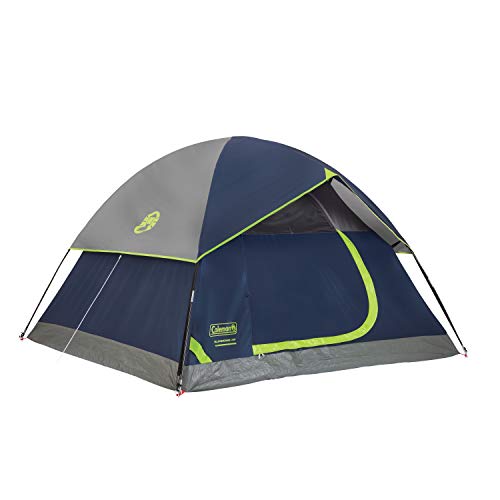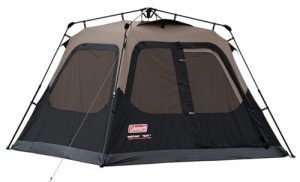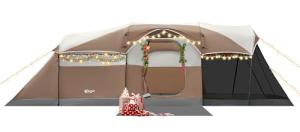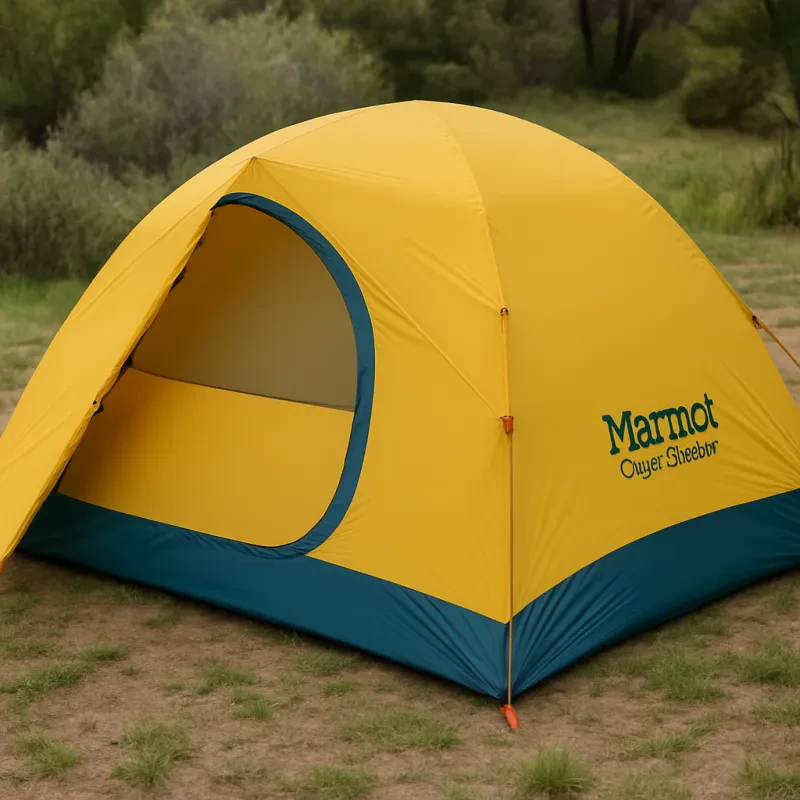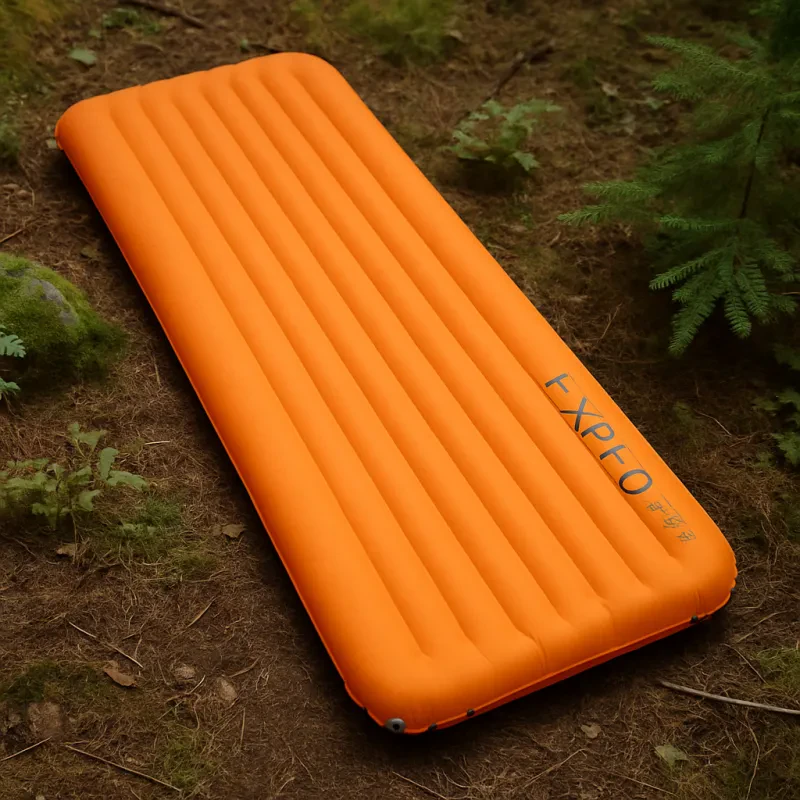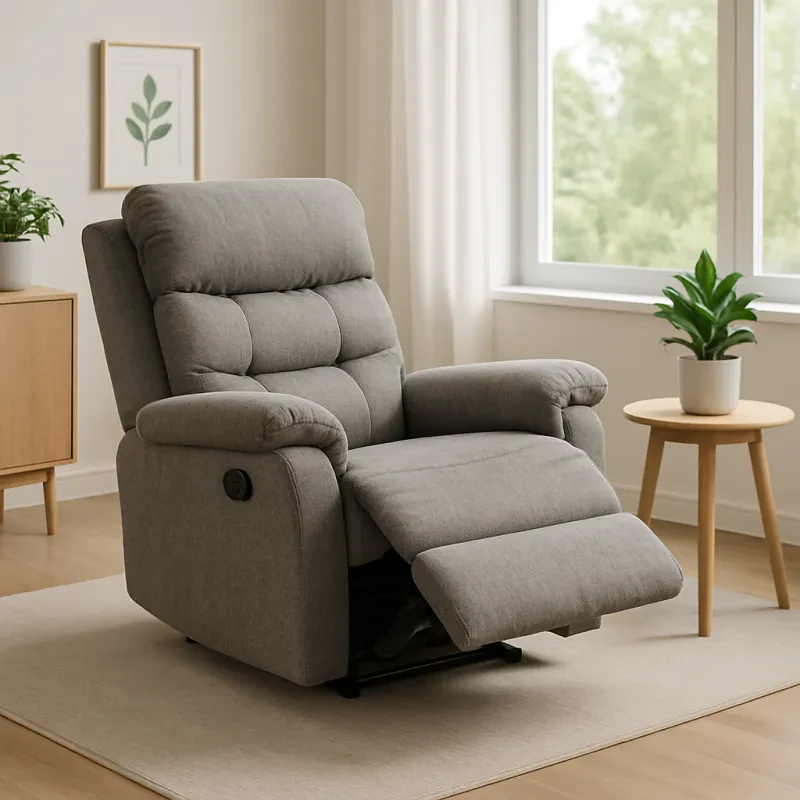When it comes to camping, understanding your specific needs is the first step in choosing the right tent. Think about how many people will be joining you on your outdoor adventure. Tents come in various sizes, so consider not only the number of campers but also any gear you might want to store inside. A tent that feels tight or cramped can quickly turn a fun trip into an uncomfortable experience.
Next, consider the climate and terrain of your camping destination. Are you heading out to a warm, dry area or a wet, rainy location? Different tents are designed to withstand different weather conditions. A waterproof tent with good ventilation will be essential for rainy days, while a lightweight tent may be perfect for a summer hike. Understand the season and conditions of your camping site to choose a tent that can handle them.
Another factor to consider is how you plan to transport your tent. If you’re backpacking, a lightweight, compact tent is essential. On the other hand, if you’re car camping, you can afford to choose a heavier, more spacious tent that might offer more comfortable sleeping arrangements. Weigh the pros and cons of portability versus comfort to find the best fit for your needs.
Understand Tent Types
When planning your next adventure, understanding the different types of tents available is essential. Each type of tent serves a specific purpose, so choosing the right one can significantly enhance your camping experience. Whether you're hiking in the mountains, car camping at a park, or backpacking through the wilderness, knowing the features of various tent types will help you make the best choice.
One of the most popular types of tents is the dome tent. Dome tents have a simple, two-pole design that allows for easy setup and offers good stability against wind and rain. They provide ample headroom and are spacious enough for several campers. If you’re looking for a tent that balances comfort and convenience, a dome tent is a fantastic option.
If you need something even lighter for backpacking, consider a backpacking tent. These are specifically designed to be compact and lightweight, making them easy to carry. Backpacking tents often feature a more streamlined design, which helps reduce weight while still providing decent weather protection. They may not be as spacious as dome tents, but their portability makes them a favorite among long-distance hikers.
For those seeking more space and comfort, the family or cabin tent is the way to go. These tents are larger and often include vertical walls that create a roomy interior, perfect for families or larger groups. Many cabin tents come with multiple rooms and can accommodate air mattresses and furniture, offering a home-like feel while camping. However, keep in mind that they can be bulkier and heavier, making them better suited for car camping rather than backpacking.
Finally, let's not forget about pop-up tents, which are ideal for quick setups and first-time campers. These tents open automatically and are incredibly easy to pitch, making them great for festivals or casual outings. While they may not withstand harsh weather as well as traditional tents, their convenience is unmatched. With so many options available, consider your adventure type and personal needs when selecting the perfect tent!
Consider Weather Conditions
When you're planning an outdoor adventure, one of the first things to think about is the weather. Different weather conditions can deeply influence your camping experience, and selecting the right tent can make all the difference. Whether you're braving the heat of summer, the chill of winter, or the unpredictable spring rains, it's essential to choose a tent that’s up to the task.
For hot and dry climates, look for tents with large mesh panels and good ventilation. These features help keep air flowing, reducing heat buildup inside the tent. Additionally, choosing a tent with a lighter color can reflect sunlight, keeping the interior cooler. On the other hand, if you're venturing into colder areas, look for a tent designed to retain heat. Four-season tents, with their stronger materials and lower profiles, can withstand heavy snowfall and strong winds, ensuring you stay warm and cozy.
Rain can be a camping trip's biggest foe. To combat wet weather, choose a tent with a waterproof rainfly and a solid floor. A tent with a high waterproof rating is key to keeping you dry during unexpected downpours. Also, consider the tent’s design—those with a sloped roof can shed rain more effectively, preventing water from pooling on top. It’s a good idea to practice setting up your tent in the rain, so you're prepared in case you find yourself in a downpour.
Finally, think about the stability of your tent in windy conditions. Tents made with durable materials and designed for high winds can help ensure you stay sheltered regardless of the weather. When setting up, always pitch your tent with the entrance facing away from the wind. This simple step can drastically reduce the amount of wind and rain that can enter your space, making your camping experience far more comfortable.
Check Size and Capacity
When choosing the right tent for your adventure, one of the first things to consider is size and capacity. Tents come in various dimensions and can accommodate different numbers of people. Before making a decision, think about how many people will be sleeping in the tent. It's essential to choose a tent that can comfortably fit all campers, as well as gear and personal items.
Most tents are labeled with a specific capacity, such as 2-person, 4-person, or 6-person. However, these numbers often indicate a snug fit. If you prefer a bit more space to move around, or if you're planning to store gear inside the tent, consider choosing a tent that exceeds your group size. For instance, if you are a group of four, opting for a 6-person tent can provide extra room for comfort.
Don’t forget to think about the height and design of the tent as well. Some tents have higher peaks, allowing you to stand and change clothes, while others may be more compact and cozy. Also, consider the sleeping arrangements—if you plan to use air mattresses or cots, check the dimensions to ensure they will fit inside your tent without feeling cramped.
Lastly, be mindful of the tent's weight and packed size, especially if you're hiking to your camping spot. Larger tents can be heavier and cumbersome to carry, so strike a balance between size, capacity, and portability. Taking these factors into account will help you select the perfect tent for your next outdoor adventure.
